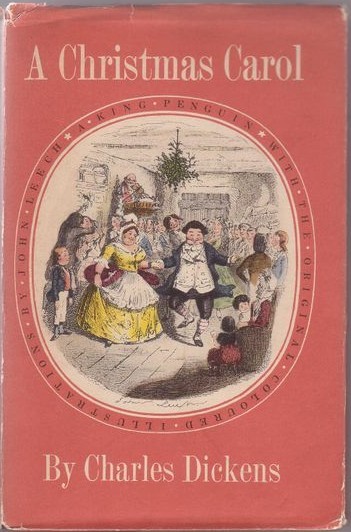As I sit here writing, the snow is quietly falling outside, as it has been since Saturday morning. It is as they say, “beginning to look a lot like Christmas.”
Of course, for the vast majority of people across the globe, the season looks nothing like this. There is no snow nor evergreen trees, no cold temperatures or extra-long nights.
It was the Victorians who re-invented Christmas in the way that we tend to celebrate it. Two stories played major roles in this. In 1819, best-selling author Washington Irving wrote, The Sketchbook of Geoffrey Crayon, Gent, which suggested that the festival should be family-centred, rather than a raucous, drunken celebration.
Across the Atlantic, just over 20 years later, in 1843, Charles Dickens wrote A Christmas Carol, with its call for generosity. In addition, other novels by Dickens painted snowy Christmas scenes with happy carolers.
Dickens’s imagery in particular gives us pictures of roaring fires and warm homes being the ideal at this time of year.
There are poor outsiders looking in — the poor in economic terms, and those like Ebeneezer Scrooge, whose spirit is broken by his obsession with wealth.
One of Dickens’s motifs is that those in the cold should be welcomed into the warmth and light.
Although the Victorian Christmas has little to do with the birth of the Christ child in Bethlehem over 2,000 years ago, the themes which Irving and Dickens emphasized are important to that event. These are messages of reconciliation, peace, hope, and love.
It is Jesus, who, through his life, death and resurrection, brings into focus God’s desire to reconcile all things to himself. In the character of Scrooge, we find a man who takes this journey on at least two levels.
He is reconciled to himself and becomes a better person for that. Through it he finds reconciliation with others, such as his long-suffering clerk, Bob Cratchit.
It is easy to view these ideals as overly sentimental, Victorian schmaltz, but that is far from true. Usually they are hard won.
The Peace of Christ offered at the end of most of our church services was gained through pain. Peace usually demands that we have to put aside some of our longings and desires to meet others as they do the same.
Hope is perhaps the most intangible of these things because we do not know it until we experience its result. I may hope for a bicycle for Christmas, but I will not know my hope has been fulfilled until it arrives.
We are told that our hope in Christ is certain, but it is not always easy to keep hope alive.
Finally, there is love, and it is this which enables us to know that the other three things, reconciliation, peace, and hope will come to pass and be fulfilled.
The story of Christmas leads us to the centre of the mystery of God. It is there we find perfect self-giving love. It is that love which prompts us to do the things which Irving and Dickens urged us to when they wrote all those years ago.
I take this opportunity to wish you a Merry Christmas and Happy New Year.
Archbishop David Edwards is bishop of Fredericton.
PHOTO credits: Wikimedia Commons


_(11056835124).jpg)


_(11056835124).jpg)
